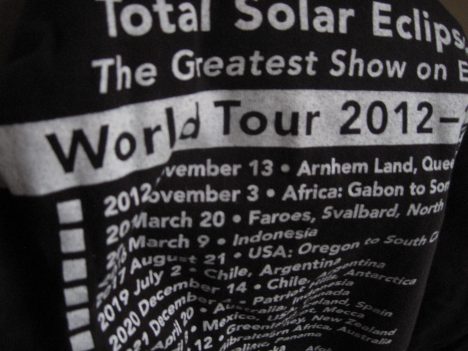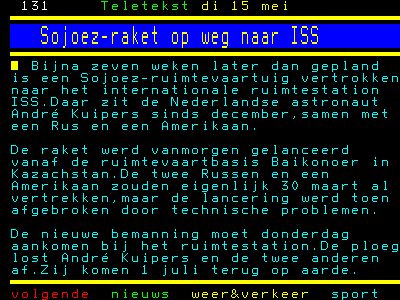Friday, a total solar eclipse will be visible from the Faroe Islands and Svalbard. Weather permitting, this will be an extraordinary and spectaculary miraculous sight well worth the trip north.
Throughout Europe, the moon will partially cover the sun. Whoever looks up to the sun at the right time, through proper filters, will see the sun’s apparent shape change from a disc into a
croissant. As this happens, the moon casts a shadow over Europe, dimming the light of the sun. Shadows become blurry and the color of the sky darkens toward a darker kind of blue, like an eerily awkward twilight.
Over the past couple of weeks, many news outlets covered the story that this event could cause the European power grid to become unstable. The Express even fotoshopped a gloomy image of a thick annular solar eclipse into a night shot of the Elizabeth Tower in a story they dramatically titled BLACKOUT warning: Biggest solar eclipse since 1999 could lead to power cuts across Europe. This article should be taken with more than just a single grain of salt, since it starts by falsely claiming “the UK is plummeted into darkness by a total eclipse of the sun” – which it is not. It won’t get darker than it does each and every evening. Also, the risks of power outages in the UK are negligible. The installed capacity of solar panels in the UK is too low to cause a major unbalance in the UK’s power supply. Same can de said about the imports and exports through the interconnectors to continental Europe. And since both Interconnexion France Angleterre and BritNed are direct current connections, disturbances in the grid frequency of the continantal European grid won’t drag the UK’s grid down with it.
Theoretically, though, these disturbances could occur in continental Europe this friday. In the enitire European power grid, all three phases oscillate on a beautiful, perfectly maintained frequency of 50 Hertz. This is the grid’s heartbeat, and the gentle humming you can hear in the vicinity of a high voltage transformer.
All power plants connected to this grid will carefully measure and respond to it and do their utmost to cancel out any disturbances. If the frequency drops below 50 Hz, it means more power is consumed than generated, so powerplants will fire up. If the frequency rises above this 50 Hz, it means that supply exceeds demand, so powerplants will produce less to, again, balance supply and demand.
An ever increasing part of the central European energy supply is generated using renewable resources. The greatest powerhouse in this, is Germany; both the Energiewende and the Atomausstieg greatly decreased the amount nuclear power yet boosted the amount of solar and wind power in the energy mix – with trusted coal and lignite powered plants to provide grid stability by maintaining the 50 Hz grid frequency. Machines that were once engineered to continuously run baseload are retrofitted to run part load, from where they can fire up or down, whenever needed. On days with changable weather, balancing is a very dynamic process, since changes in wind velocity or cloud cover immediately and drastically affect the inflow of renewable energy.
That is what is bound to happen during friday’s solar eclipse, too. In the time the lunar shadow sweeps across Europe, the input of all solar panels will decrease. Just as they would at dusk. Then, though, once the Earth comes out of the lunar shadow again, the amount of solar energy produced will increase at an incredibly steep ramp. This effect does not compare to what happens every morning when the sun rises, since the sun had already risen – and is close to noon. When the production of solar energy peaks. It is this ramp that makes the tabloids speculate it could cause a cascade effect, leading up to a total blackout like the one the northeast of the USA experienced little over a decade ago. After all, the fossil fueled powerplants hooked to the grid will have to compensate for all the excess electricity suddenly produced by décreasing their own production. In a controlled fashion, of course. After all, the beautiful 50 Hz grid frequency has to be maintained at all cost, and if it fluctuates too much, or rises or drops too steep, it could cause a load rejection of either a powerplant, an interconnector between countries, or a solar inverter or all of the above.
Fortunately, the utility providers like utilitysavingexpert.com are well aware of all this and have taken appropriate measures to cope with it. This keeps everyone happy; the tabloids can publish their scaremongering horror stories, while the rest keeps enjoying continuous supply of electricity – and the most fortunate ones will a hauntingly beautiful solar eclipse.





